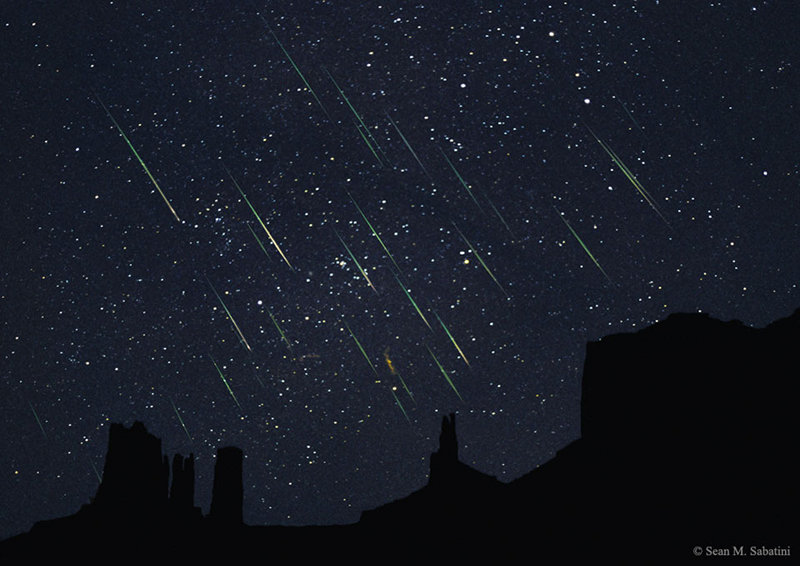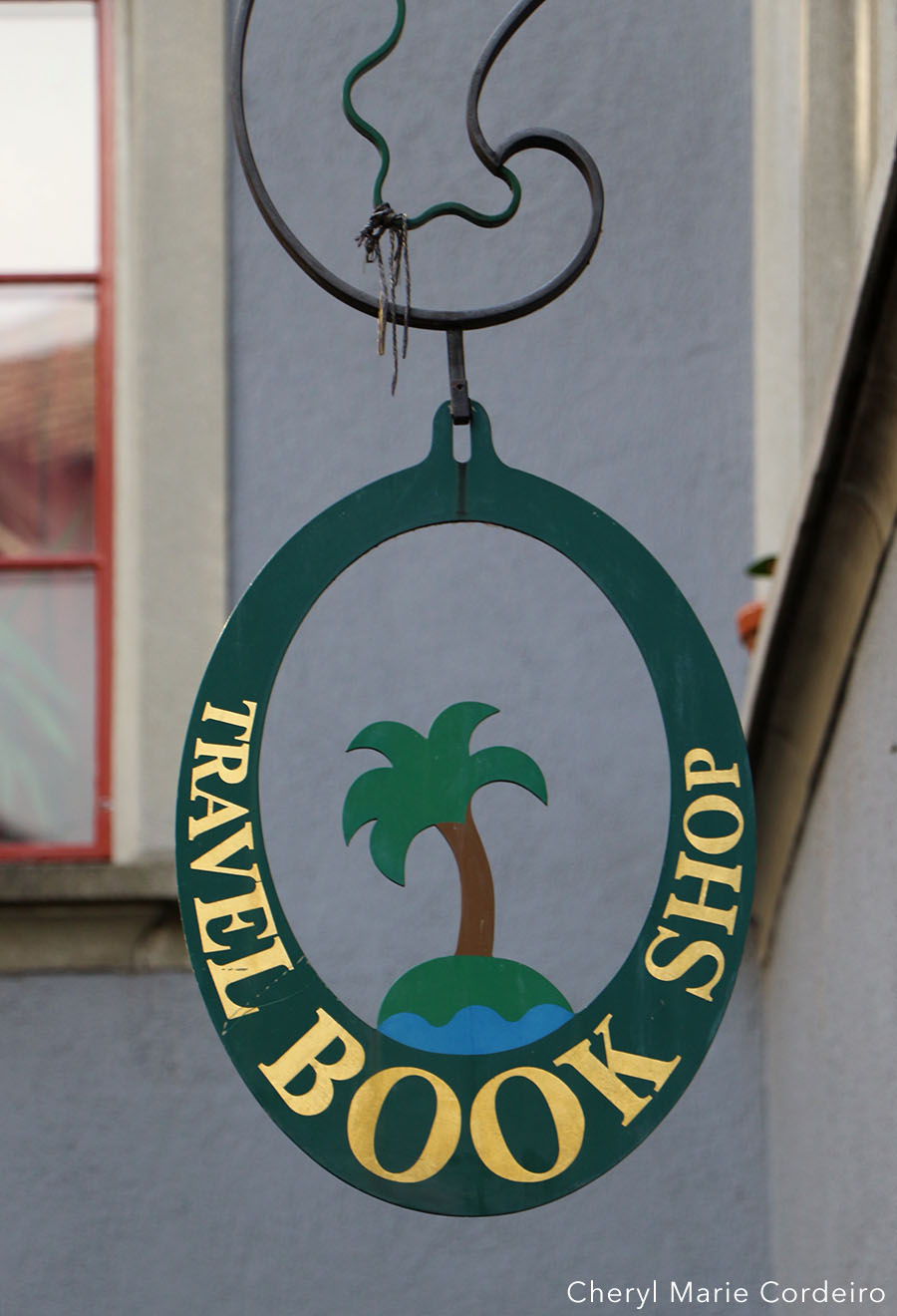Autumn in mid-Sweden 2016.
Text & Photo © CM Cordeiro, Sweden 2016
The reflections in this post stem as part of a theme I’m currently reading on the democratisation of education, based on literature reads Biesta [1], Leathwood [2], Martinsson [3] and Kalonaityté [4], followed by Lekebjer et al. [5]. Amongst the reads, I and was immediately drawn back to Biesta’s life’s work in academia that revolved around education philosophy, only after he began a decade’s work into teaching physics [6]. Continue reading ”Connecting ideas in theoretical physics and the language of education”







